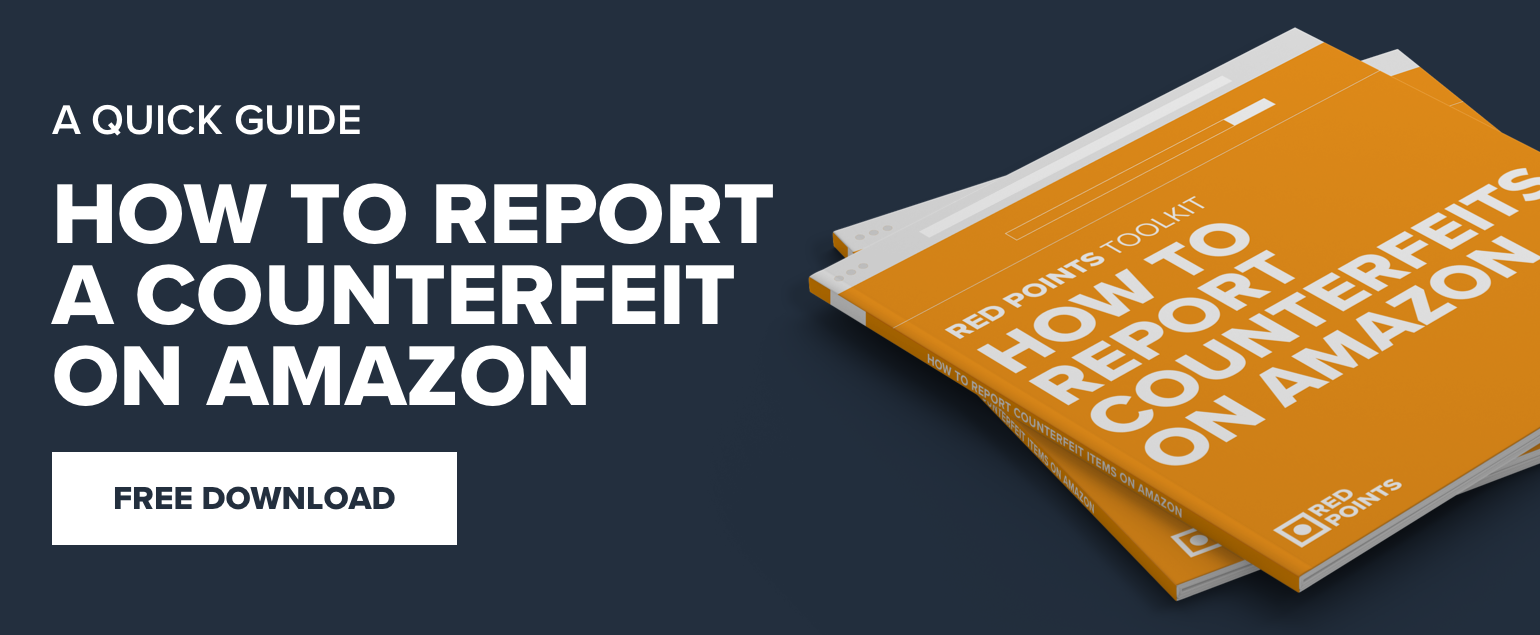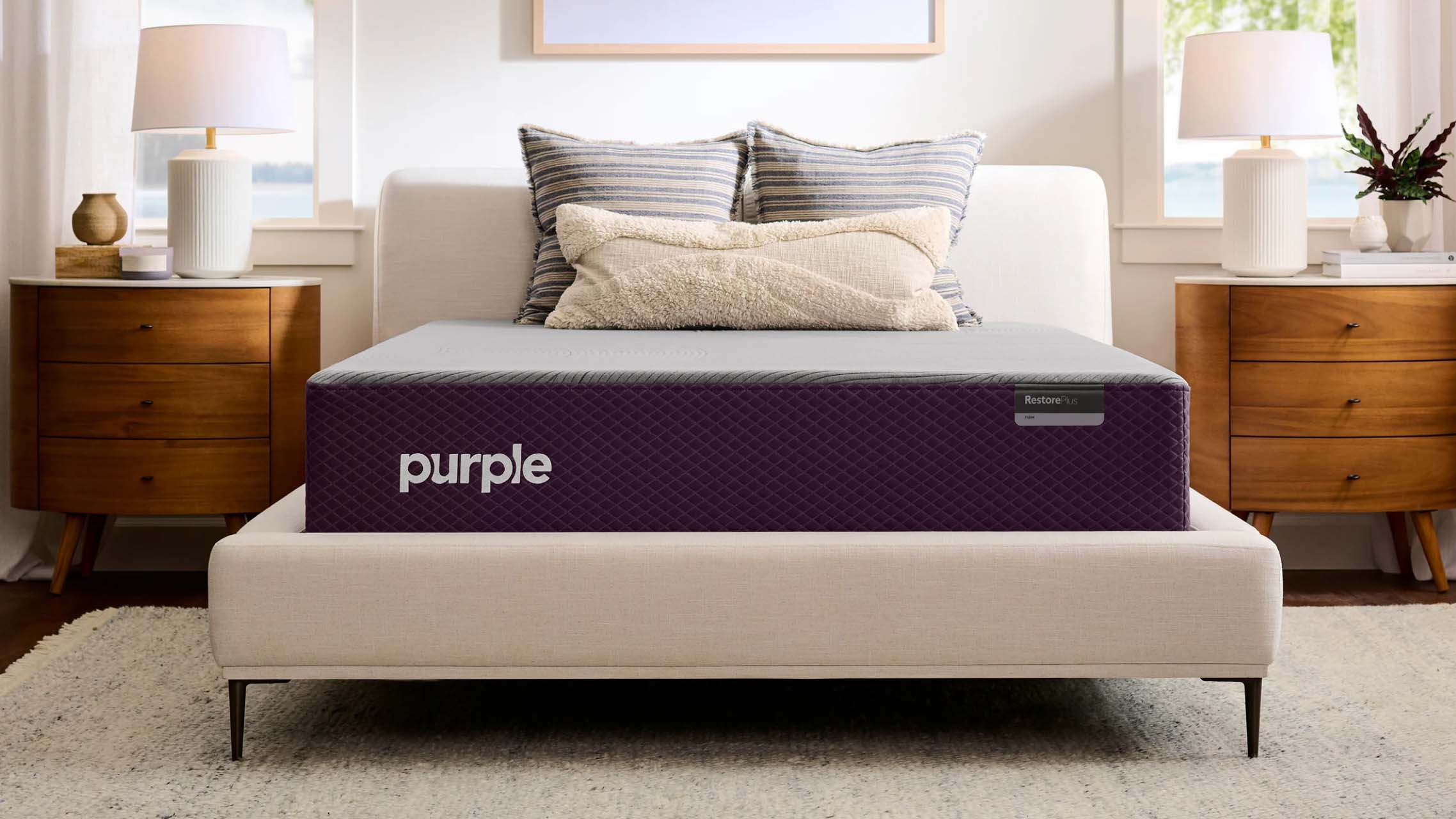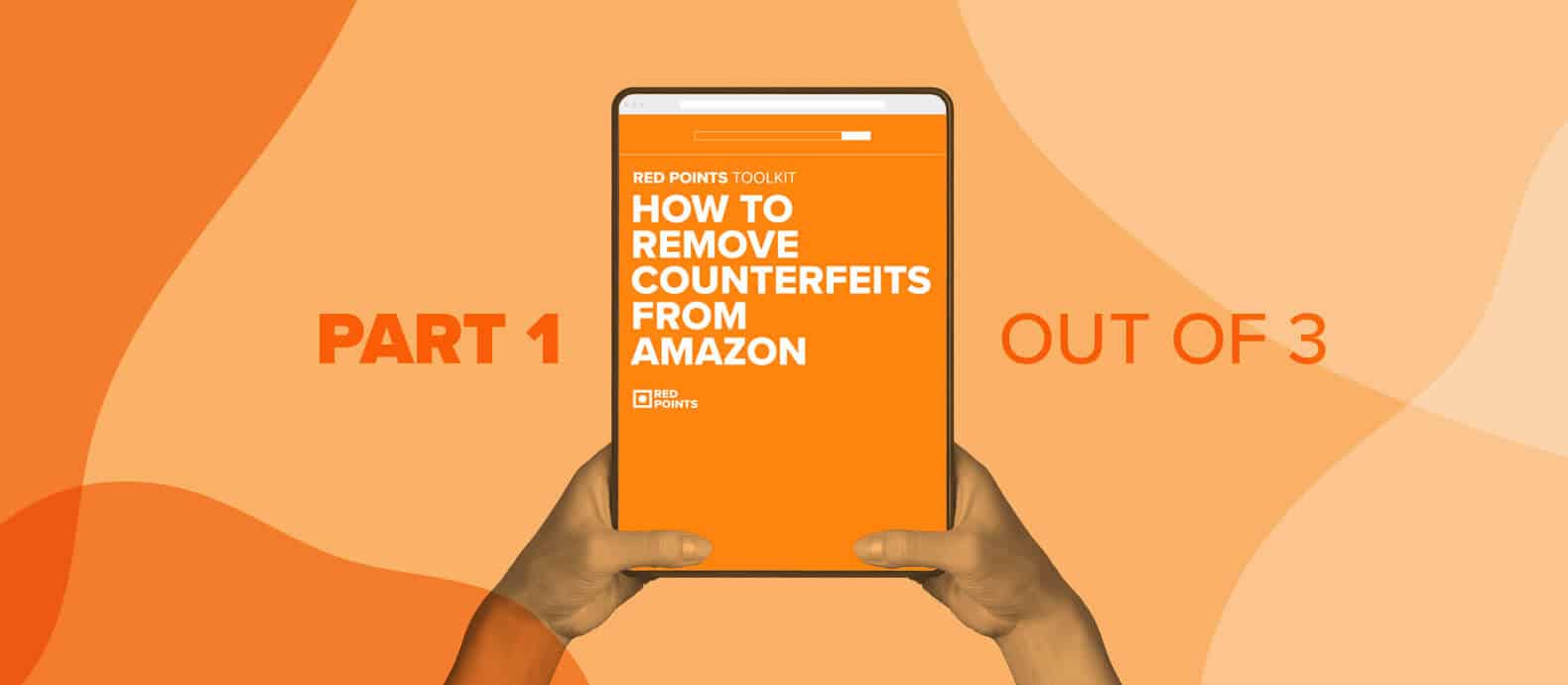For Amazon sellers, the competition is fierce. You may have found or developed a great product that meets the needs or solves the problems of your target customer, but this only means that your work has just begun.
To be a high-flying, successful Amazon seller, you need your product listing in front of qualified shoppers. Once that happens, you have to convince them that your product – and only yours – is the perfect one to meet their needs and solve their issues.
That’s why Red Points is sharing the following 10 tips to create product listings that will help make you king of the Amazon labyrinth.
1. Know Your Customer
You’d be surprised how many sellers only think they know their customer.
If you don’t know your target, how do you know if your product is going to make their life better? How can the copy communicate effectively if you don’t know who the customer is?
You need to find out:
- Who is going to benefit from your product and why or how?
- Are they a woman or a man?
- What’s their income?
- What are their hobbies or lifestyle?
- What stage of life are they in? Retired? Middle aged? Just starting their career? In college or even high school?
- How is your customer going to use your product?
- What are their goals? What are their problems or concerns?
Ultimately, you want to be able to tell them, “you can x, y, or z with this product.” Otherwise, it’s very difficult to instill trust in you, overcome their objections, convert them into buyers, and have them become loyal customers.
2. Know Your Competition – And Amazon’s Seller Guidelines
This can put you ahead of the game in a variety of ways, so ask yourself: What is your competition doing well? What are their customers complaining about? What benefits does your competition provide? How is your competition missing the boat?
Let’s say your Amazon product listing is for a bottle of turmeric. If, by studying your competitor and its product, you know that their capsules are hard to swallow or cause stomach pains, then make sure 1) your product does neither, and 2) this is highlighted in the copy.
However, be careful: Amazon does not condone comparing your product to another, so make sure your copy doesn’t say, “Our turmeric is easier to swallow than ABC Company’s turmeric, and it won’t cause stomach issues like theirs does.” Instead, you’ll want to say something like, “Our gel-coated turmeric capsules go down smooth with a glass of water or juice, and you won’t have to worry about upset stomach because our formula is designed to synthesise easily with your body.”
Know your competition’s strengths and weaknesses, and then make sure you emphasize how your strengths are better without making direct comparisons.
3. See What Your Customer Sees
This is an unknown secret of successful Amazon sellers. They shop the site regularly to understand how customers see products. Even more, they browse on various devices: a PC, laptop, smartphone, and tablet using BOTH browser and app (more on this below).
While you’re browsing, identify:
- What did you click on to find out more about a product?
- Why did you click?
- What appealed to you?
- Which of their bullet points grabbed your attention?
- How did their product description entice you to want to buy?
Your answers to all of these are important because if they caused you to want to buy, they’re surely causing others to buy, as well.
Yet…
Don’t just follow what another seller has done or written. Many seemingly successful Amazon sellers are really not because they’ve offered huge discounts, traded reviews with other sellers, or paid for sponsored ads. If any one – or more – of these is true, they’re likely losing money or are indebted to Amazon.
So, although you should study up on what your competitors are doing, don’t just copy what they’re writing and/or doing.
4. Are Your Amazon Product Listing Titles Doing Their Job?
First, depending on a search results page or what device you’re using, titles may show a variety of character counts. But you must adhere to Amazon’s guidelines on character counts for titles, which can vary from category to category.
Sponsored ad titles on a sidebar may show 35 characters, while titles on a smartphone or mobile app may show 76. A tablet app may show 140 characters, whereas a browser on your PC or laptop may show 115. This is why it’s important to know what your customer is seeing and how he or she is seeing it.
If you know that they are twice as likely to be shopping on a smartphone app, you should write your title accordingly so that the first half of the character count gets their attention; you don’t want the most compelling benefits or attention-grabbing attributes getting cut off because they’re in the latter half of the title.
Which leads us to this: don’t simply stuff keywords into the title. A keyword-stuffed title usually doesn’t make sense to a serious prospect or it simply looks bad, and your target customer will pass your page by.
By all means, you want keywords in your title. But ask yourself:
- Are the keywords well-written, compelling, and attention-grabbing?
- Does your title compel a reader to continue reading more about your product?
- Does it pique their interest and make them nod their head in agreement?
If so, the chances of success are greatly increased.
5. Do Keywords Correctly
Did you know that Amazon has the right to disallow the use of all supplied keywords? Amazon can do so based on factors like irrelevancy, computational efficiency, potential manipulation of search results, and illegal or offensive terms or phrases.
Keywords are nothing more than suggestions. This is why it is Amazon policy that you not include competitor brand names or comparisons (see Tip 2 above), add inaccurate information about your product, or include misleading claims about what your product does or does not do. You’re also not allowed to include stop words, subjective claims, or temporary terms like Best, Amazing, Good quality, New, On sale, Available now, and more.
Hopefully, you get the picture. These and other misappropriated or vague marketing terms are frowned upon and can get you in hot water with Amazon (suspension, cancellation, removal, etc).
Instead, get your keywords or ideas for keywords from a variety of sources, including Amazon search listings, the category navigation bar, and merchant words. Use an SEO chat free tool to understand and use:
- Colours
- Materials (leather, stainless steel)
- Legitimate alternate spellings (i.e., aeroplane/airplane)
- Synonyms (mobile/cellular/wireless)
- Features (leak proof, plush, odor free)
- Flavours
- Uses (hiking, biking, washing cars, storage)
6. Create Strong, Feature-Packed Bullets
Similar to keyword use, don’t include information or claims that are unsubstantiated or vague in your Amazon product listing. Don’t use marketing lingo, unwarranted hype, bonuses, sales figures, how many good reviews you’ve gotten, etc. Each bullet must do at least one of the following:
- Use ultra-specific features and attributes
- Promote lifestyle uses to make it more personal
- Answer the question “How will this help the customer?”
- Overcome objections
- Address your audience accordingly (see Tip 1 above)
Finally, test your bullets. What you think is important may not actually be so to your customer. Rotate the order of your bullets. Mix up words or sequence. Test what works and then run with it.
7. Create Product Descriptions That Stir Customer Imagination
Imagine the experience your customer should have using your product. Then stoke their fires with product descriptions that go beyond the bullets. Show what the customer will feel when using your product. Demonstrate why your product is different from, and better than, all others. Show that it’s versatile or works fast or lasts longer or has more options/colors, etc.
You’re limited to 2000 characters, so don’t waste words on fluff.
8. Consider Fulfillment By Amazon (FBA)
Fulfillment By Amazon is a program you can join to help increase your chances of success. According to Fortune, FBA has contributed to record-breaking growth for sellers.
Briefly, here’s how it works for your Amazon product listing: send all of your merchandise into Amazon, and they’ll ship it for you when it sells. They also take care of customer service, communications, returns, refunds, and more. While it’s true that FBA fees are higher than if you did the merchant fulfillment yourself, it’s worth the expense. You sell more products and you sell them faster, which brings you greater profits. In addition to saving time, Amazon supplies the boxes and shipping materials as part of what you pay for in your FBA agreement.
Free from having to wrap and ship 20+ packages a day, you can focus on product research, sourcing, etc.
9. Protect Yourself and Your Brand
You’ve spent a lot of time, money, and energy on your product, so it’s important to protect it, and you, from an Amazon seller who’s copied your branding or is selling online counterfeits of your product by reporting it to Amazon. Here’s our brief explanation on what to report:
- Amazon Standard Identification Number (ASIN) or URL of the product
- Brand name
- Personal information (contact details and address)
- IP address owner, whether it’s you or an agent representing you
- Copyright registration number (for copyright infringement)
- Registered Trademark number (for trademark infringement)
- Patent number (for patent infringement)
- Prepare a description of the IP right you wish to assert
To find out more about this and other ways to protect yourself, such as filing an infringement report with Amazon or joining the Amazon Brand Registry, read more about it here.
10. Outsource What You Don’t Do Well
Finally, be smart and honest with yourself. If you’re not good at or comfortable with writing killer copy, creating informative and eye-catching graphics, taking enticing product photos, etc., put your Amazon product listing in the hands of experts and let them help you.
You may have the best product on Amazon in its category, but if your copy, design, photography, graphics, translations, etc., are not top-notch, your chances of success plummet. So, if something is outside your comfort zone or expertise, outsource it and outsource it well. You’ll be glad you did.







